Introduction
As natural gas production rapidly increases across the U.S., its associated pollution has reached the stage where it is contaminating essential life support systems - water, air, and soil - and causing harm to the health of humans, wildlife, domestic animals, and vegetation. This project was designed to explore the health effects of products and chemicals used in drilling, fracturing (frac’ing, or stimulation), recovery and delivery of natural gas. It provides a glimpse at the pattern(s) of possible health hazards posed by the chemicals being used. There are hundreds of products in current use, the components of which are, in many cases, unavailable for public scrutiny and for which we have information only on a small percentage. We therefore make no claim that our list is complete.
Toxic chemicals are used at every stage of development to reach and release the gas. ...............
In addition to the land and water contamination issues, at each stage of production and delivery, tons of toxic volatile compounds, including benzene, toluene, ethylbenzene, xylene, etc., and fugitive natural gas (methane), escape and mix with nitrogen oxides from the exhaust of diesel-driven, mobile and stationary equipment to produce ground-level ozone. Ozone combined with particulate matter less than 2.5 microns produces smog (haze). Gas field produced ozone has created a serious air pollution problem similar to that found in large urban areas, and can spread up to 200 miles beyond the immediate region where gas is being produced. Ozone not only causes irreversible damage to the lungs, it is equally damaging to conifers, aspen, forage, alfalfa, and other crops commonly grown in the West. Adding to this is the dust created by fleets of diesel-driven water trucks working around the clock hauling the constantly accumulating condensate water from well pads to central evaporation pits.
All meaningful environmental oversight and regulation of the natural gas production was removed by the executive branch and Congress in the 2005 Federal Energy Appropriations Bill. Without restraints from the Clean Water Act, Safe Drinking Water Act, Clean Air Act, and CERCLA, the gas industry is steamrolling over vast land segments in the West. Exploitation is so rapid that in less than 6 months in one county, 10 new well pads were built on the banks of the Colorado River, the source of agricultural and drinking water for 25 million people downstream. Spacing has dropped from one well pad per 240 acres to one per 10 acres. From the air it appears as a spreading, cancer-like network of dirt roads over vast acreage, contributing to desertification.For the complete intro, CLICK HERE.
What you need to know about natural gas production
TEDX has produced a video of Dr. Theo Colborn's 47 minute lecture, complete with photos and data slides to illustrate the fact that natural gas is not the 'clean energy' that industry is touting it to be.
CLICK HERE to view.
CLICK HERE to order a DVD.




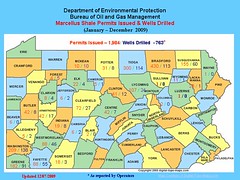

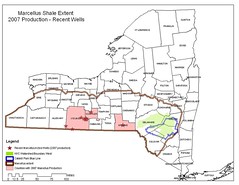

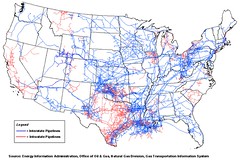
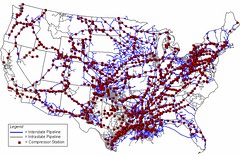



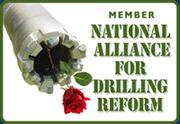





No comments:
Post a Comment